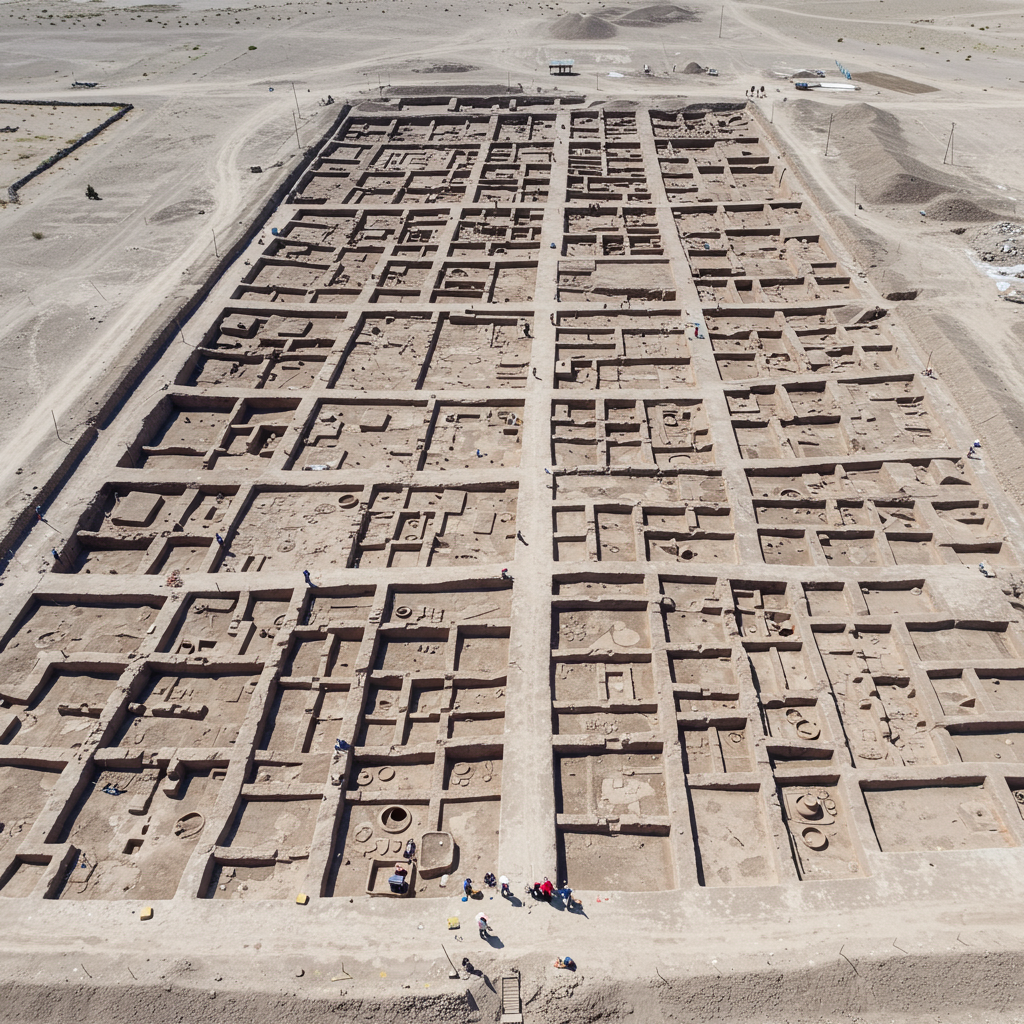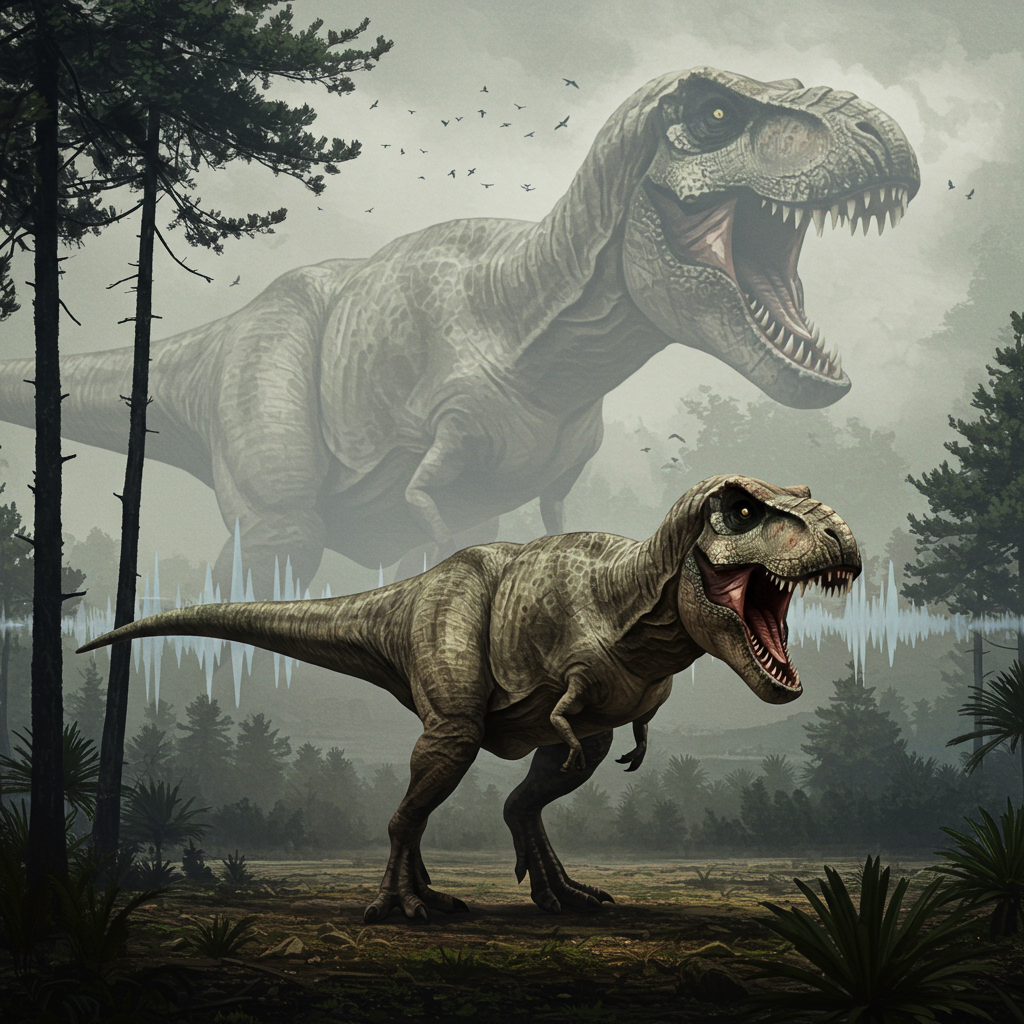A groundbreaking archaeological discovery in Peru is rewriting the history books, revealing a sophisticated ancient city dating back 3,500 years. Located in the northern Barranca province, this newly unveiled settlement, known as Peñico, offers critical insights into a previously mysterious period following the decline of the Americas’ oldest known civilization, Caral. Experts believe Peñico served as a vital nexus, connecting disparate cultures across peru’s diverse landscapes.
This significant find highlights Peru’s enduring importance as a cradle of ancient civilizations and trade networks in South America. The discovery culminates eight years of dedicated research, promising to shed new light on the dynamics of early complex societies in the Andean region.
Peñico: A Glimpse into Peru’s Bronze Age
Archaeologists recently announced the public unveiling of Peñico, an ancient city situated roughly 200 kilometers (124 miles) north of Lima. The site rests at an elevation of approximately 600 meters (1,970 feet) above sea level, strategically positioned to interact with varied ecological zones.
Estimates place Peñico’s founding between 1800 and 1500 BC. This era roughly coincides with the flourishing of other major early civilizations across the globe, such as those in the Middle East and Asia. The city’s age firmly places it within a critical, lesser-understood period of ancient South American history.
A Strategic Crossroads for Ancient Trade
One of Peñico’s most compelling aspects is its perceived role as a major ancient trade hub. Its location was uniquely suited to facilitate interaction and exchange between distinct geographical and cultural groups.
The city likely served as a meeting point for communities residing along the Pacific coast, peoples of the towering Andes mountains, and populations from the vast Amazon basin. This strategic positioning would have allowed goods and ideas to flow across diverse environments, potentially involving items like marine resources from the coast (shells, fish), agricultural products or minerals from the highlands, and forest resources from the Amazon. The evidence suggests Peñico was a vibrant center for regional connection and commerce.
Connecting the Dots: Peñico and the Legacy of Caral
Perhaps the most profound implication of the Peñico discovery lies in its connection to the Caral civilization. Recognized as the oldest known complex society in the Americas, Caral emerged around 5,000 years ago (approximately 3000 BC) in Peru’s nearby Supe valley.
Caral itself was remarkably advanced for its time, featuring monumental architecture including 32 large pyramid structures, sophisticated irrigation systems for agriculture, and organized urban settlements. Intriguingly, Caral is thought to have developed largely in isolation from contemporaneous civilizations in places like Egypt, Sumeria, and China.
Filling the Historical Void
Archaeologist Dr. Ruth Shady, a leading expert who excavated Caral in the 1990s and spearheaded the recent Peñico research, emphasizes the importance of the new discovery. According to Dr. Shady, Peñico provides crucial clues about the fate of the Caral civilization after its apparent decline, potentially brought about by climate change impacts.
Marco Machacuay, a researcher with the Ministry of Culture, echoes this sentiment. He highlights that Peñico’s significance lies in its appearance as a likely continuation or successor society to Caral. While Caral represented a foundational moment, Peñico helps archaeologists understand the trajectory of complex societies in the region during the subsequent millennium.
Unearthing Peñico: Structures and Artifacts Revealed
The unveiling of Peñico follows a rigorous eight-year archaeological investigation at the site. During this extensive research period, archaeologists successfully unearthed and documented 18 distinct structures.
These structures include ceremonial temples, suggesting a rich spiritual or religious life, alongside residential complexes, indicating an organized urban layout capable of housing a population. The buildings were constructed using stone and mud, common materials in ancient Andean architecture. Drone footage of the site notably captures a prominent circular structure situated on a hillside terrace at the city’s core, surrounded by the remnants of other buildings.
Whispers from the Past: Artifacts Unearthed
Within the excavated buildings, archaeologists discovered a variety of artifacts offering tangible links to the people who inhabited Peñico. These findings provide invaluable details about their daily lives, beliefs, and connections.
Artifacts recovered include ceremonial objects, suggesting formalized rituals or religious practices. Clay sculptures of human and animal figures were found, offering insights into their artistic expression and possibly their understanding of the world around them. Researchers also uncovered necklaces crafted from beads and seashells. The presence of seashells reinforces the idea of interaction with coastal communities, highlighting the reality of the long-distance trade networks centered at Peñico. Some reports also mention the discovery of pututu trumpets, typically made from conch shells, further suggesting maritime connections or ceremonial use.
Peñico in Context: Peru’s Deep Archaeological Roots
Peru is globally renowned for its spectacular archaeological heritage. Iconic sites like the breathtaking Inca citadel of Machu Picchu nestled high in the Andes mountains and the mysterious Nazca Lines etched into the desert floor along the central coast draw visitors and researchers alike.
These famous sites represent later periods in Peru’s long and complex history. The discovery of Peñico adds another crucial layer to this understanding, pushing back the timeline and offering a deeper perspective on pre-Inca civilizations. Peñico specifically contributes to piecing together the puzzle of the region’s development during the critical period following the foundational Caral era. It underscores the sophistication and interconnectedness of early South American societies.
Frequently Asked Questions
What is the newly discovered ancient city in Peru, Peñico?
Peñico is a recently unveiled ancient city in Peru’s northern Barranca province, estimated to be 3,500 years old. Founded between 1800 and 1500 BC, it is believed to have been a major trading hub connecting coastal, Andean, and Amazonian communities. The site includes remnants of ceremonial temples, residential buildings, and a notable circular structure, with artifacts like clay figures and seashell necklaces found there.
Where is the ancient city of Peñico located?
The ancient city of Peñico is located in the Barranca province of northern Peru, approximately 200 kilometers (124 miles) north of the capital city, Lima. It sits at an elevation of about 600 meters (1,970 feet) above sea level. Its strategic geographic placement was key to its likely function as a crossroads for ancient trade routes across diverse ecological zones.
How does the Peñico discovery connect to the Caral civilization?
Archaeologists believe Peñico represents a continuation or successor society to the Caral civilization, the oldest known in the Americas, which existed nearby around 5,000 years ago. Led by archaeologist Dr. Ruth Shady, the research suggests Peñico provides crucial insights into what happened in the region after Caral declined, possibly due to climate change. It helps fill a significant gap in the historical understanding of pre-Inca Peru.
A Key to Understanding Ancient Peru
The discovery and unveiling of Peñico mark a pivotal moment in the study of ancient South American history. This 3,500-year-old city provides tangible evidence of complex urban life and extensive trade networks flourishing long before the rise of the Inca Empire. Its strong suggested ties to the earlier Caral civilization offer a vital link, helping researchers understand the continuity and changes in societies navigating environmental shifts and evolving regional dynamics. As research continues, Peñico promises to unlock further secrets about the sophisticated cultures that shaped the Andean region millennia ago.




